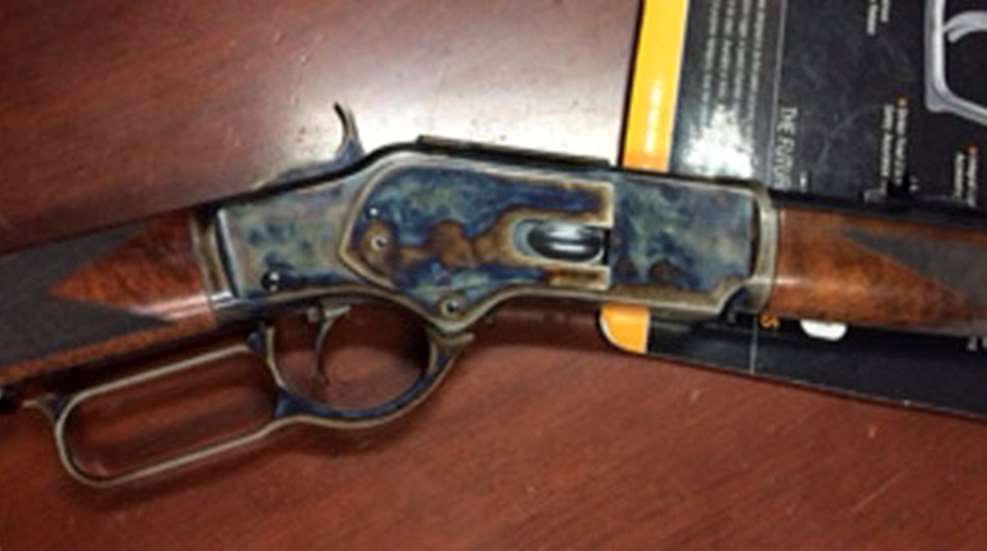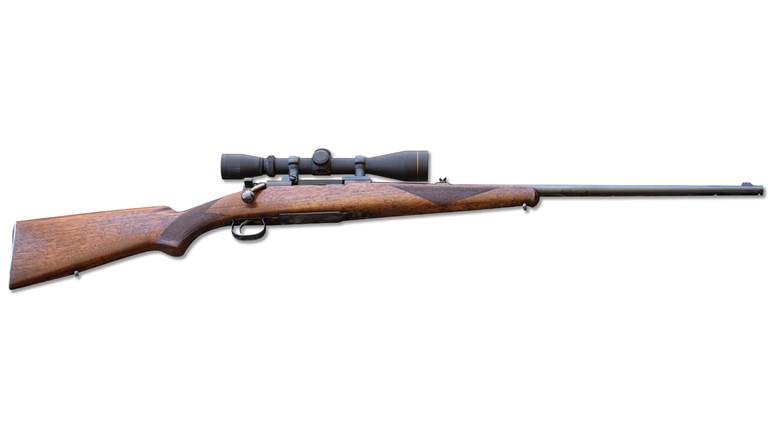
Wandering into my office yesterday was a friend of mine of the last quarter century, Val Forgett III. Even more important than Val’s presence was the rifle he had in his hands. It was the Navy Arms Winchester 1873. And it is a rifle that will reshape a great American brand. There hasn’t been a lot of news regarding guns bearing the Navy Arms name in some time, and there are reasons for that.
Navy Arms, founded in 1956 by Val’s father, Valmore Forgett Jr., was the pioneer of the replica firearm category. It was Val who sought out partners, first in Belgium and then in Italy, that resulted in the resurgence of cap-and-ball revolvers Colt and others were no longer interested in or capable of making in the 1960s. Then came the explosion of interest in “cowboy” single-action revolvers and lever-action rifles. You name it, if it was from the American Revolution, Civil War or the Old West, odds are Val made a replica available to shooters. Was it successful? Uberti in Italy has made far more Single Action Army revolvers than Colt. Navy Arms, almost overnight, also sold more Henry rifles than Benjamin Tyler Henry did. It was a good business for many years.
But the market changed, and Navy Arms’ main partner, Uberti, was obtained by Beretta Holdings. After Val Forgett Jr. died, there was a nasty family fight over the business. The end result is that Val III has had to climb back out of bankruptcy and rebuild what was once one of the biggest names in gun business from literally nothing beyond a name with a snappy logo and a pile of debt.
The Navy Arms Winchester Model 1873 is actually marked “Winchester” because it is, well, a Winchester. It’s complicated, though. The Winchester name belongs to Olin Corp, and Olin licenses it to Browning’s Winchester Repeating Arms Co. The 1873 is made for WRA by Miroku in Japan and is then shipped to the United States in the white. Navy Arms then has Doug Turnbull Restorations finish the receiver, lever, hammer, fore-end cap, buttplate, receiver cover and other major parts with real bone charcoal color-casehardening. This is not a chemical surface treatment-this is the real deal done like only Doug Turnbull’s craftsmen (alchemists, really) can do it. The barrel and magazine tube assembly is also blued by Turnbull.
The rifle is offered in 20” or 24 1/4” octagonal barrels in either .45 Colt or .357 Mag. (cowboy competitors are big fans of the soft-shooting .38 Spl.). The stock and fore-end are checkered “deluxe” American walnut, and sights are a brass bead front and a semi-buckhorn rear.
This is a seriously good-looking rifle. Its action is slick, too (I’m not sure exactly what the “Winchester short-Stroke Kit” is yet as I have not disassembled it), but I cannot wait until a shooting sample arrives. This is a rifle you will be seeing more of in the pages of American Rifleman.





































